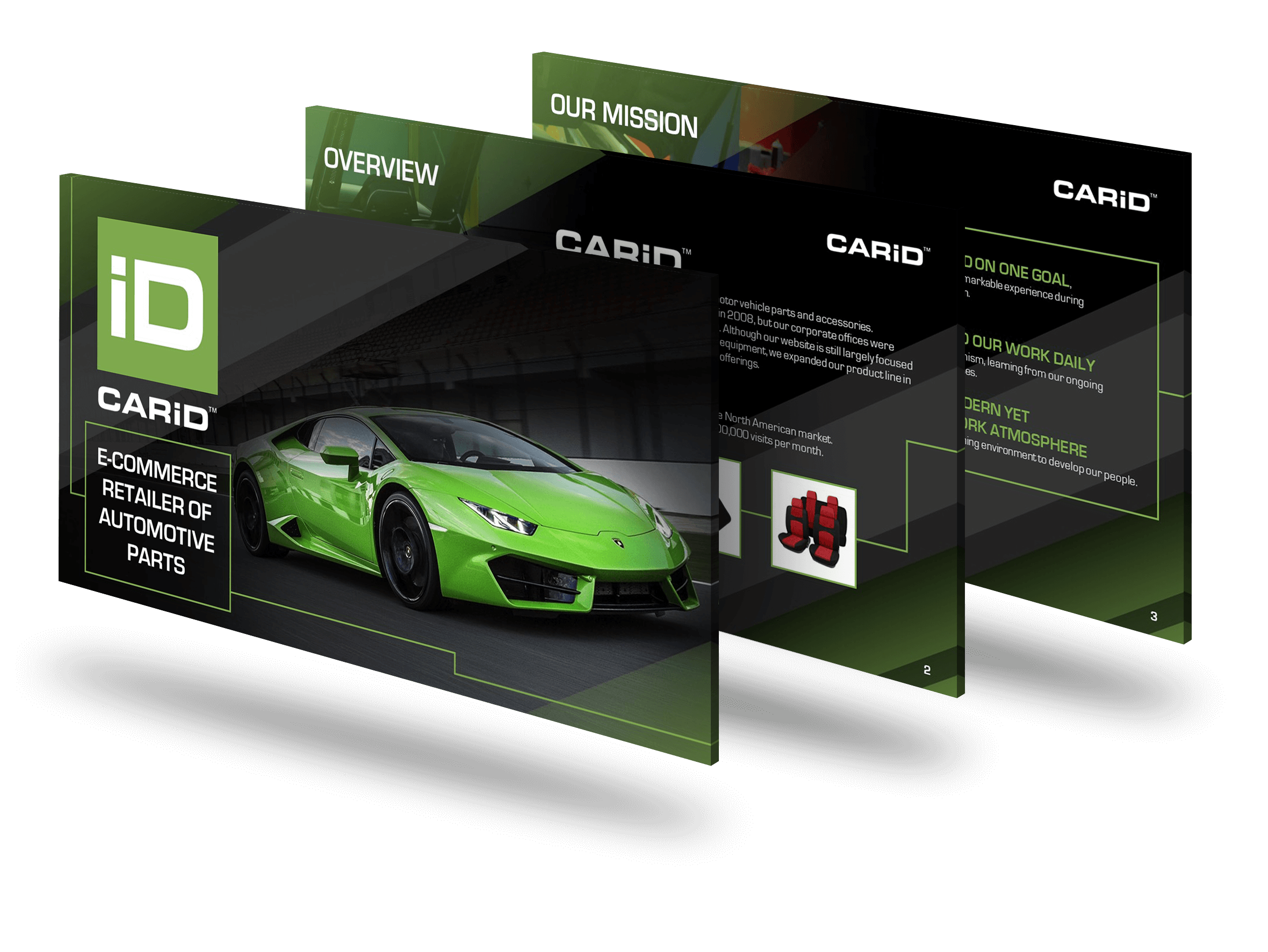Using macros to automate tasks in your presentation design can significantly streamline your workflow and enhance productivity. Macros are essentially sequences of commands that you can record and execute to perform repetitive tasks automatically. Here’s a step-by-step guide to help you get started:
- Identify Repetitive Tasks: Determine which tasks in your presentation design process are repetitive and time-consuming. Common examples include formatting slides, applying consistent styles, or inserting specific elements like logos or footers.
- Record a Macro: Most presentation software, such as Microsoft PowerPoint, allows you to record macros. Navigate to the “View” tab, select “Macros,” and choose “Record Macro.” Perform the task you want to automate while the macro recorder captures your actions.
- Save and Name Your Macro: Once you’ve completed the task, stop the recording and save the macro with a descriptive name. This will make it easier to identify and use later.
- Run the Macro: To execute the macro, go back to the “View” tab, select “Macros,” and choose the macro you recorded. The software will automatically perform the recorded sequence of actions, saving you time and effort.
- Edit and Customize: If you need to refine your macro, you can edit the underlying code. This requires some knowledge of VBA (Visual Basic for Applications) in PowerPoint. Customizing the macro can make it more versatile and tailored to your specific needs.
- Test and Debug: Always test your macros on a sample presentation to ensure they work as expected. Debug any issues by reviewing the recorded steps or the VBA code.
By incorporating macros into your presentation design process, you can achieve a higher level of efficiency and consistency. This approach is particularly beneficial for professionals who frequently create and update presentations, as it reduces manual effort and minimizes the risk of errors. For those looking to optimize their presentation design further, seeking expert assistance can provide additional insights and advanced techniques.
View Our Presentation Portfolio










